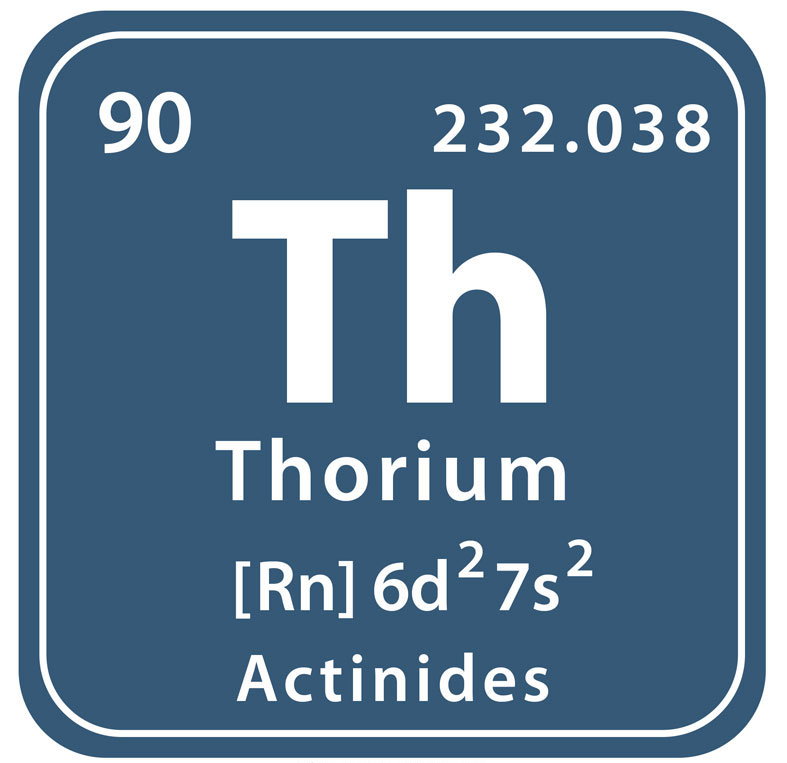Nuclear reactor mystery solved, with no need for new particles | Science
A physics mystery has come to an end, with a resolution about as shocking as “the butler did it.” For a decade, physicists have pondered why nuclear reactors pump out fewer particles called neutrinos than predicted. Some suggested the elusive bits of matter might be morphing into weirder, undetectable “sterile” neutrinos. Instead, new results pin down what other experiments had suggested: that theorists overestimated how many neutrinos a reactor should produce.
“This is not a surprising result, but it’s an important one,” says Georgia Karagiorgi, a particle physicist at Columbia University who was not involved in the work. “It’s still something that I wanted to see.”
Neutrinos come in three types—electron, muon, and tau—depending on how they’re produced. Electron neutrinos pour from the Sun, muon neutrinos rain from the sky as cosmic rays strike the atmosphere, and tau neutrinos emerge in the decay of tau particles, which can be created with atom smashers. The nearly massless particles change type as they fly, so an electron neutrino from the Sun can turn into another variety before reaching Earth.
A few experiments have suggested there could be a fourth, sterile neutrino. Incapable of interacting with ordinary matter, it would only emerge when an ordinary neutrino morphs into it. Some anomalous results hinted at a sterile neutrino with a mass of about 1 electron volt (eV), at least 10 times more than ordinary neutrinos weigh.
Those hints received unexpected support in 2011 when two groups of theorists calculated that nuclear reactors produced 6% fewer electron neutrinos—actually, electron antineutrinos—than theory predicted. The findings suggested the missing neutrinos were turning into sterile ones.
It was a tricky argument. In a reactor’s core, uranium and plutonium nuclei split in a chain reaction, and the antineutrinos come from the radioactive “beta decay” of the lighter nuclei left behind. In such decay, a neutron in a nucleus changes into a proton while emitting an electron and an electron antineutrino. To predict the total flux of antineutrinos, physicists had to account for the amounts and decays of myriad different nuclei.
That accounting pointed to a shortfall, but in 2017, physicists from the Daya Bay Reactor Neutrino Experiment in China called it into question. They studied antineutrinos from six commercial reactors, burning fuel with 4% uranium-235 atoms, which can sustain a chain reaction, and 96% uranium-238 atoms, which can’t. As the uranium-235 is consumed, neutrons from its fission convert uranium-238 into plutonium-239, which also sustains a chain reaction. Daya Bay physicists found the antineutrino deficit shrank as the amount of uranium-235 fell, suggesting theorists had overestimated the flux of antineutrinos originating from uranium-235.
Now, physicists working at a small research reactor in France have confirmed that suspicion. The reactor at the Laue-Langevin Institute (ILL) produces copious neutrons for studies of materials. It also uses fuel containing 93% uranium-235. So, by studying the antineutrinos from it, researchers working with a neutrino detector called STEREO could measure the flux of antineutrinos from uranium-235 alone.
The detector consists of six identical oil-filled segments lined up like teeth and spanning a distance of 9 to 11 meters from the reactor’s core. Rarely, a proton in the oil will absorb an electron antineutrino to turn into a neutron while ejecting a positron—sort of the reverse of beta decay. As the positron streaks through the oil, it produces light in proportion to the energy of the original neutrino.
STEREO researchers showed the spectrum of energies of electron antineutrinos remained the same as distance from the core increased. That observation clashes with the idea that some are morphing into sterile neutrinos, because lower energy neutrinos should morph faster than higher energy ones, changing the spectrum as the neutrinos advance. STEREO researchers also showed the total flux of antineutrinos from uranium-235 was lower than the one used in theorists’ models, as they report today in Nature.
Taken together, the observations put an end to the reactor antineutrino deficit as evidence for a 1-eV sterile neutrino, says David Lhuillier, a neutrino physicist at France’s Atomic Energy Commission and spokesperson for the 26-member STEREO team. “Can it be explained by a sterile neutrino of mass around 1 eV? The answer is no.”
Other experiments—such as one called PROSPECT at Oak Ridge National Laboratory—had reached similar conclusions, Lhuillier notes. Still, the new STEREO paper has smaller uncertainties and wraps the argument up in one tidy package, says Bryce Littlejohn, a neutrino physicist at the Illinois Institute of Technology and a PROSPECT collaborator. “As opposed to a watershed moment, I see it as a nice summation of all the things we’ve learned.”
Physicists have a strong suspicion of exactly how they overestimated the flux of antineutrinos originating from uranium-235. In the late 1980s, researchers at ILL exposed foils of plutonium-239 and uranium-235 to neutrons from the reactor to induce atoms to split. They then counted the electrons from the beta decay of the fission fragments and measured the electrons’ energy spectrum. Two decades later, theorists used those data to infer the spectrum of the antineutrinos that had to emerge along with the electrons.
However, multiple lines of evidence now suggest those experiments may have overestimated the total number of electrons coming from the uranium-235 sample, says Patrick Huber, a theoretical physicist at Virginia Polytechnic Institute and State University and one of the theorists who identified the so- called reactor antineutrino anomaly. “It’s simply that the input data we have been using was wrong.”
The resolution of the reactor neutrino mystery doesn’t entirely rule out the existence of the 1-eV sterile neutrino, notes Zahra Tabrizi, a theoretical particle physicist at Northwestern University. “We still have other anomalies in neutrino physics that we cannot explain,” she says. But taking all neutrino studies together, Huber says, the evidence for the sterile neutrino isn’t very strong: “It’s not a good global fit to the data.”



Comments are closed.